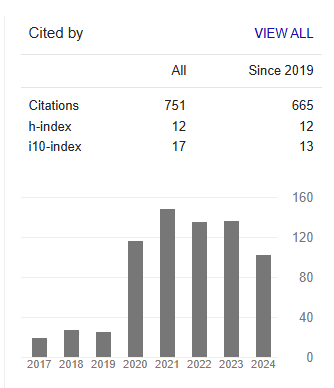Profile of Patients Attending HIV-Care Facilities in Kinshasa, Drc: A Five-Year Longitudinal Trend Study (2017 – 2022)
Abstract
Tshikuka JG, Lohale M, Ngalula BBC, Kongo F, Esako OM, Pyana PP, Ngoyi NKZ, Kabyahura NN, Kabongo A and Ndjibu F
The rapid increase of HIV healthcare facilities in Kinshasa, DRC, coincides with a rising prevalence of overweight/obesity, and related comorbidities among people living with HIV in the city. It remains uncertain whether this trend will continue to rise annually.
This study aimed to investigate the types of ART used in HIV healthcare facilities in Kinshasa and determine whether overweight, obesity, and related comorbidities are continuing to rise.
A five-year retrospective longitudinal study was conducted to analyse trends among 1,199 ART recipients admitted to HIV healthcare facilities in Kinshasa between January 2017 and December 2021. The study included data from Kitambo Referral Hospital, AKRAM Hospital Centre, and IK Clinics. Longitudinal trend analysis was performed to assess annual changes in overweight/obesity and associated comorbidities. Straight-line trends, slopes, and linear equations were determined, and Chi-square tests for trends were conducted.
The study hypothesized that (i) the prevalence of overweight/obesity would show an increasing trend and (ii) the rate of related comorbidities among ART recipients would also rise over time. Statistical significance was set at p < 0.05. The first-line regimen used by 78% of the study population was Tenofovir/Lamivudine/Dolutegravir. The analysis confirmed an increasing trend in overweight/obesity, while comorbidities showed a decreasing trend.
It is imperative for HIV healthcare facilities in Kinshasa to regularly monitor overweight/obesity and related comorbidities among patients, along with ART regimens, viral load (copies/ml), CD4 count, and other relevant factors like biochemistry markers. This proactive approach will help identify areas requiring intervention in a timely manner to improve the well-being of people living with HIV (PLHIV).



